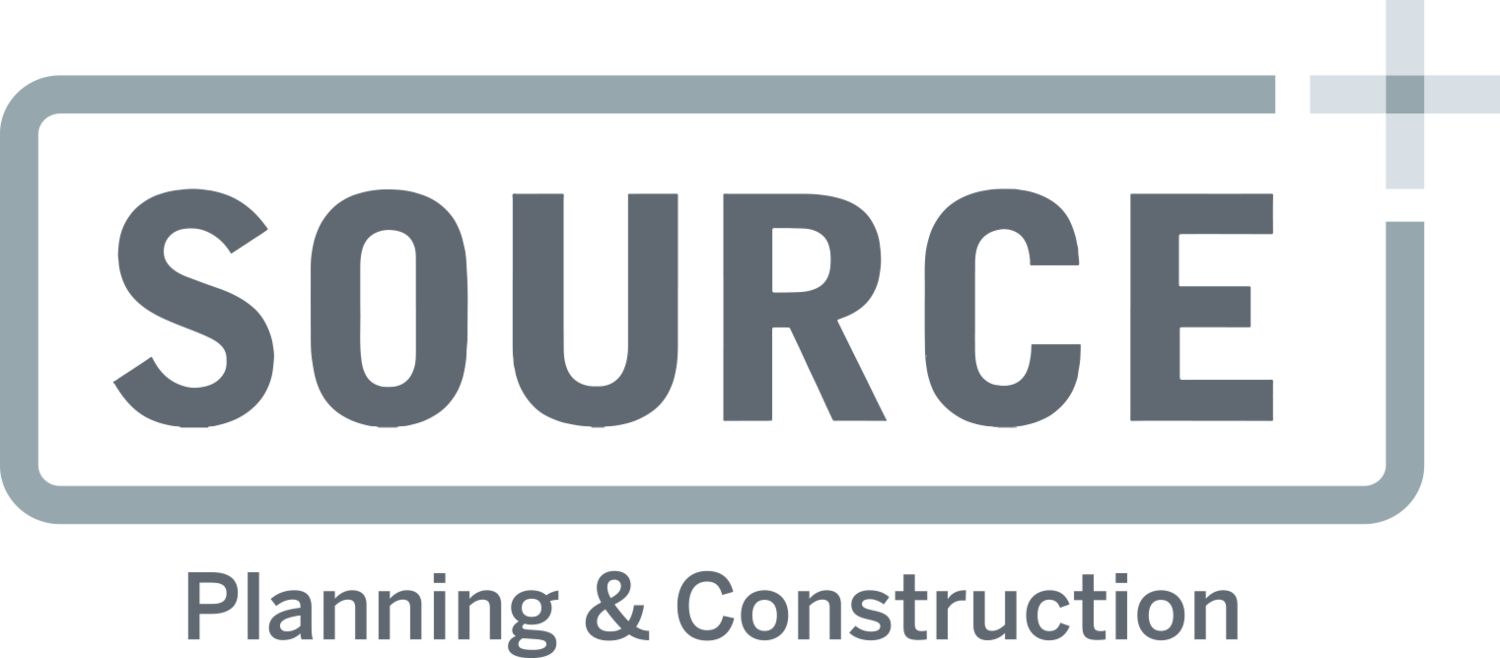Want to Keep Your Commercial Construction Budget Intact? Avoid These 3 Mistakes.
Written By: JoAnne Tobias
Cost overruns are painful. Luckily, they’re not inevitable. In commercial construction, projects that introduce a general contractor during the planning stages have a significantly better chance of meeting both budget and design intent. Projects that skip this initial collaboration can face a few extra challenges. Left unchecked, they may distort the budget.
Here are three common mistakes and how to avoid them:
Mistake #1: Falling in love with something you can’t afford
Before you see drawings with those beautiful finishes and elegant light fixtures, make sure you’ve clearly communicated your budget to the architect. Always ask upfront about less expensive options; lighting, for example, has an incredible range in cost and can easily push you tens of thousands of dollars over budget.
Source specializes in helping you understand what the costs are upfront, so you won’t get sticker shock or delays once the project is underway. It’s always possible to find alternatives that produce similar results and a single conversation with an experienced contractor during the planning session can make sure your project is realistic.
Mistake #2 Not taking advantage of pre-construction
The sooner drawings are presented to the contractor, the better. Taking advantage of the pre-construction phase actually saves you time and money - your team is able to uncover any gaps and start problem-solving before the clock starts ticking. Items with long lead times can be ordered immediately, trades can be stacked, and minor design challenges can be addressed.
We partner with clients to protect budget, time, and design intent. Smart planning lets you take advantage of cost effective alternatives while still protecting the design.
Mistake #3 Forgetting to think beyond the design
The final cost of the commercial construction project extends beyond the design. Don’t forget the project budget needs to include your technology and infrastructure needs, from AV, data and security to furniture. When you bring a general contractor on board during the planning session, these items naturally come up during discussion.
Ensure that the architect, vendors, and general contractor are working together so you don’t have to backtrack after the project has already started. The best way to eliminate any of these costly surprises is by bringing in an experienced general contractor during the planning session. Contact us.


